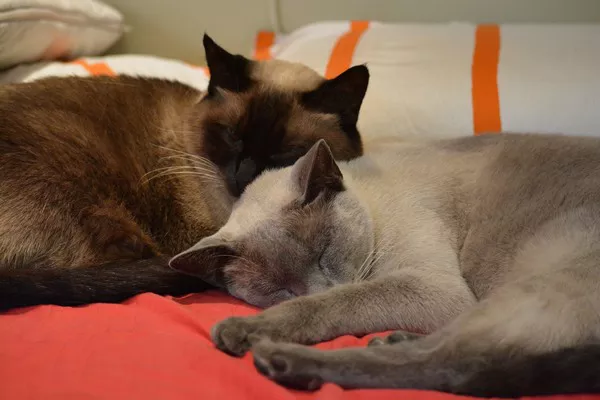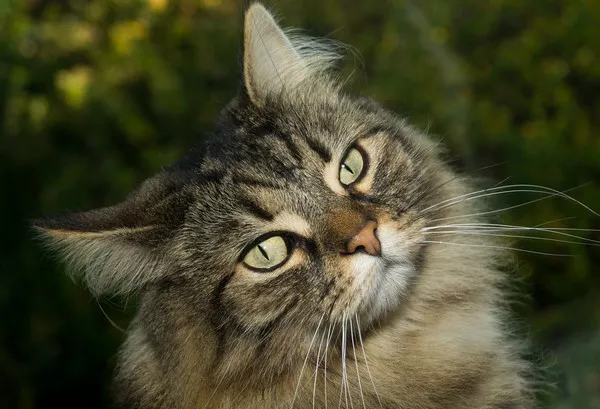In a groundbreaking revelation, scientists have unraveled the mystery behind one of our feline companions’ most iconic behaviors – purring. Researchers have pinpointed the mechanism responsible for cats’ distinctive low-pitched purring, shedding light on how these enigmatic creatures produce their signature sound.
The puzzling nature of cat purring has long intrigued scientists. Typically, low-frequency sounds are associated with larger animals that possess longer vocal cords. This led researchers to question how cats, with their comparatively shorter vocal cords, manage to generate their characteristic purr.
The answer lies in what scientists have aptly dubbed “purring pads” – specialized connective tissue structures found within a cat’s vocal cords. These pads enhance density, resulting in slower vibrations that produce the soothing rumble familiar to cat owners.
An international team, led by voice scientist Christian Herbst from the University of Vienna in Austria, challenges the conventional wisdom that attributes purring to active muscle contractions. Instead, they propose that purring may be a passive aerodynamic behavior that persists automatically after the brain initiates the process.
In their published research, the scientists describe the phenomenon as “low-frequency vocal fold vibrations” resembling the “vocal fry” register in humans. When humans employ vocal fry, they create a raspy, low-pitched sound by vibrating their vocal cords at a remarkably low frequency, often described as “droning” or “gravelly.”
The purring pads function in a similar manner, enabling smaller cats to purr despite their shorter vocal cords. These pads employ mechanisms akin to those used in generating higher-frequency vocalizations like meows.
Collagen and elastin fibers within the connective tissues of the vocal cords form structures that dampen high-frequency sounds, akin to what is observed in roaring cats. While these structures, measuring up to 4 millimeters in diameter, had been identified in domestic cats previously, their role in the purring mechanism remained unexplored.
To investigate further, Herbst and his team conducted experiments involving the larynges, housing the vocal cords, from eight deceased domestic cats. By applying warm, humidified air to press the vocal cords together, they initiated self-sustained vocal fold oscillations. Astonishingly, this produced a purring sound within the range of typical domestic cat purring, ranging from 25 to 30 Hz, all without any muscle contractions or neural input.
The discovery challenges the long-standing belief that muscle contraction is essential for purring. While not entirely dismissing the active muscle contraction hypothesis, the research highlights that cat larynges can readily produce purring sounds within the specified frequency range without the need for neural input or muscular contractions.
Despite this breakthrough, the precise reason why cats purr remains a captivating mystery. Some theories propose that purring reflects contentment and fosters further interaction with humans. Additionally, research suggests that purring may possess healing properties.
The implications of this research are vast. It could lead to a deeper understanding of the role of purring in cats’ health and well-being, potentially paving the way for the development of innovative technologies that mimic purring sounds. These technologies could have applications in calming devices for cats and even new treatments for pain and anxiety, offering potential benefits to felines and their owners alike.

























